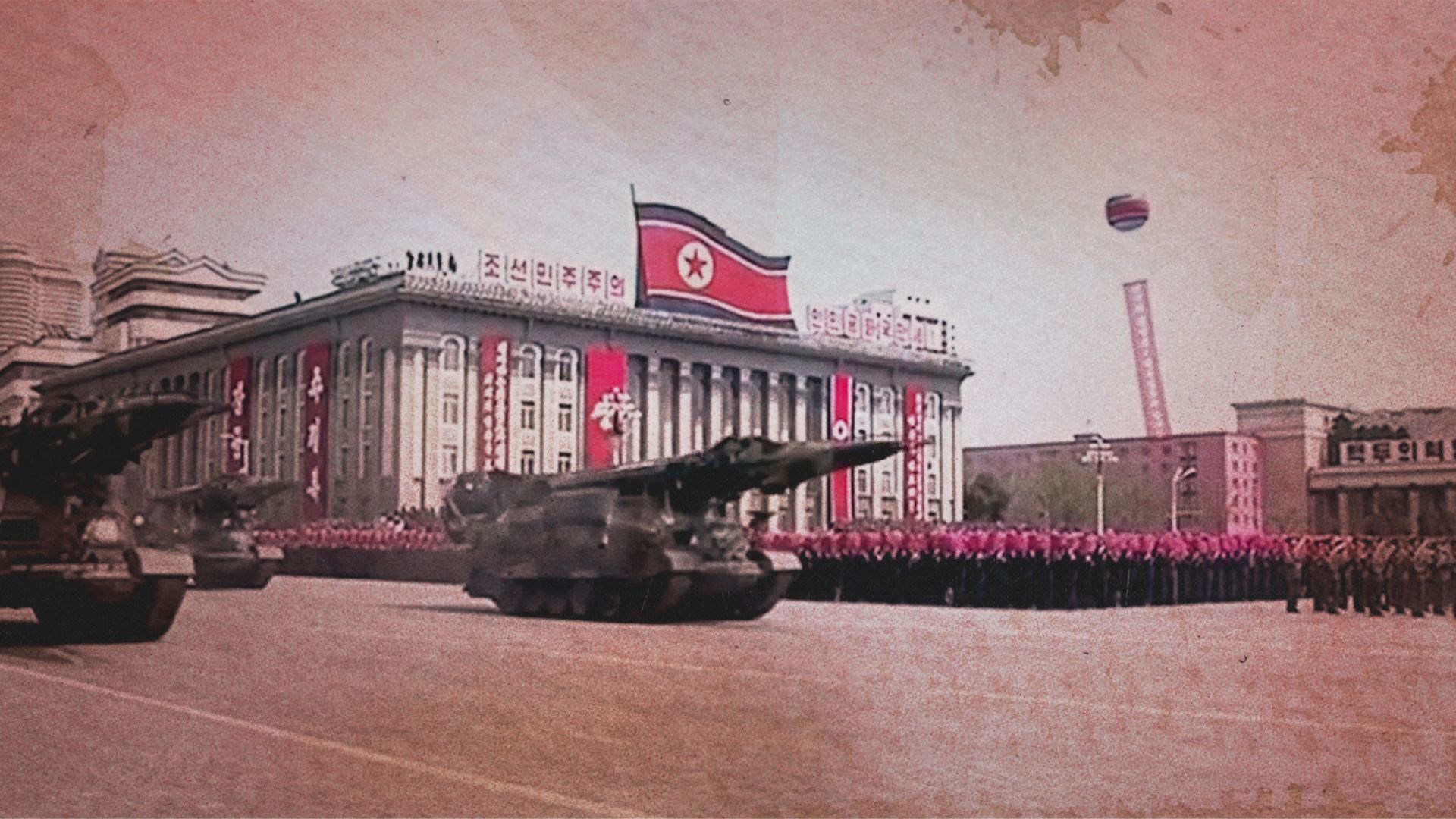February 11th 2018
For your Bits this weekend we get started by taking a look at what teenagers are learning from porn. It turns out that online pornography provides the majority of teenagers with their first understanding of what sexual relations look like. Sexual education through pornography starts, on average, when teenagers are just 14 years old and influences their view of common sexual practices and expectations, yet the education system does not to provide any alternative example for what consensual and enjoyable sex looks like or any lessons on understanding pornography and the industry that produces it. To fill in this gap, private organizations have begun providing porn literacy classes that provide a nonjudgmental space for teenagers to ask questions about what they have seen, learn about the nature of the porn industry, and discuss how pornography informs their own understanding of sex as well as their sexual experiences. Acknowledging the reality that most teenagers have seen porn before they turn 18 is the first step towards providing these young adults with the information and context they need to make informed choices about their own sexual experiences.
What Teenagers Are Learning From Online Porn

~ 38 Minute Read
“Last year, a feminist porn producer, Erika Lust, in consultation with sex educators, created a porn-education website for parents. The Porn Conversation links to research and articles and provides practical tips for parents, including talking to kids about the ways mainstream porn doesn’t represent typical bodies or mutually satisfying sex and avoiding accusatory questions about why your kid is watching porn and who showed it to them. “We can’t just say, ‘I don’t like mainstream porn because it’s chauvinistic,’ ” says Lust, whose films feature female-centered pleasure. “We have given our children technology, so we need to teach them how to handle it.” But she takes it a step further by suggesting that parents of middle- and high-schoolers talk to their teenagers about “healthy porn,” which she says includes showing female desire and pleasure and being made under fair working conditions. I asked Lust if she would steer her daughters in that direction when they are older (they are 7 and 10). “I would recommend good sites to my daughters at age 15, when I think they are mature enough. We are so curious to find out about sex. People have doubts and insecurities about themselves sexually. ‘Is it O.K. that I like that, or this?’ I think porn can be a good thing to have as an outlet. I’m not scared by explicit sex per se. I’m afraid of the bad values.”
Tristan Taormino, another feminist porn filmmaker and author, speaks frequently on college campuses and produces explicit sex-ed videos for adults. “The party line is we don’t want teenagers watching our videos,” she says, noting they are rated XXX. “But do I wish teenagers had access to some of the elements of it?” In addition to seeing consent, she said, “they would see people talking to each other, and they’d see a lot of warm-up. We show lube, we show sex toys.”
That may be more than most parents, even of older teenagers, can bear. But even if parents decided to help their teenagers find these sites, not only is it illegal to show any kind of porn — good or bad — to anyone under 18, but, really, do teenagers want their parents to do so? And which ones would parents recommend for teenagers? “Unlike organic food, there’s no coding system for ethical or feminist porn,” Crabbe notes. “They might use condoms and dental dams and still convey the same gender and aggression dynamics.” Also, “good porn” isn’t typically free or nearly as accessible as the millions of videos streaming on mainstream sites.
Al Vernacchio, a nationally known sexuality educator who teaches progressive sex ed at a private Quaker school outside Philadelphia, believes the better solution is to make porn literacy part of the larger umbrella of comprehensive sex education. Vernacchio, who is the author of the 2014 book “For Goodness Sex: Changing the Way We Talk to Teens About Sexuality, Values, and Health,” is one of those rare teenage-sex educators who talks directly to his high school students about sexual pleasure and mutuality, along with the ingredients for healthy relationships. The problem with porn “is not just that it often shows misogynistic, unhealthy representations of relationships,” Vernacchio says. “You can’t learn relationship skills from porn, and if you are looking for pleasure and connection, porn can’t teach you how to have those.”
Crabbe notes one effective way to get young men to take fewer lessons from porn: “Tell them if you want to be a lazy, selfish lover, look at porn. If you want to be a lover where your partner says, ‘That was great,’ you won’t learn it from porn.” And parents should want their teenagers to be generous lovers, Cindy Gallop argues. “Our parents bring us up to have good manners, a work ethic. But nobody brings us up to behave well in bed.”
To prepare his students to be comfortable and respectful in sexual situations, Vernacchio shows photos, not just drawings, of genitalia to his high-schoolers. “Most people are having sex with real people, not porn stars, and real bodies are highly variable. I would much rather my students have that moment of asking questions or confusion or even laughter in my classroom rather than when they see their partner’s naked body for the first time.” He, along with Debby Herbenick, who is also the author of the 2012 book “Sex Made Easy: Your Awkward Questions Answered for Better, Smarter Amazing Sex,” advocate that adolescents should understand that most females don’t have orgasms by penetration alone, and that clitoral stimulation often requires oral sex, fingers and sex toys. As she notes: “It’s part of human life, and you teach it in smart, sensitive ways.””
Click To Read The Full Article At The New York Times
Sign Up To Receive Weekend Bits In Your Inbox Every Sunday
Our next article takes a look at Larry Smarr who uses the latest medical technology, coupled with a the processing power of a supercomputer, to create ‘Transparent Larry,’ a 3D model of his body that includes the exact shape, size, and arrangement of all of his internal organs. By collecting information on everything he consumes and excretes, undergoing regular blood and stool analyses, and having regular MRIs and colonoscopies Smarr was able to diagnose himself with Crohn’s Disease years before clinical medicine could have identified it. When he needed surgery to remove the afflicted piece of his colon, he was able to provide the surgeon with an advanced look at what his particular colon looked like shortening the length of the surgery. Smarr believes that advancing technology will allow us all to more easily have this level of understanding of our own bodies so that we can become the C.E.O. of our body.
The Man Who Saw Inside Himself

~ 13 Minute Read
“Larry is using his own body, and his ongoing struggle with Crohn’s, as an experiment. He keeps precise measures of his body’s input (what he eats and drinks) and output (the energy he burns and what he excretes—and yes, that is precisely what it sounds like). He undergoes periodic MRIs, has his blood and stool analyzed frequently, submits to annual colonoscopies, and has had his DNA sequenced. Among the things Calit2 does with all these data is create a stunning, regularly updated three-dimensional image of his insides, which he calls “Transparent Larry.” His colleague Jürgen Schulze projects it inside “The Cave,” a virtual-reality room that literally places the viewer inside the picture. Larry can not only chart the changes taking place inside his body; he can actually see them.
As a result, he arguably knows more about his own inner workings than anyone else ever has. His goal, as he puts it, is for each of us to become “the CEO of our own body.”
In the years since I first met Larry, he and Calit2 have produced a steady stream of groundbreaking studies, most notably work charting the body’s microbiome, the jungle of bacteria that line the human intestines. We have at least as many of these alien cells inside our bodies as we have cells that carry our DNA—Larry and some other researchers believe they may actually outnumber our DNA-carrying cells by a factor of 10 to 1.
It is useful to adopt Larry’s way of thinking about the body as a torus, a donut-shaped structure with a tunnel that runs through its center: our gastrointestinal tract. Food and drink are foreign objects we send through this tunnel from mouth to anus, with various way stations in between: esophagus, stomach, small intestine, large intestine, and so on. As the food or liquid progresses, nutrients are extracted and waste is propelled downward. Much of this work is performed for us by bacteria, a whole ecosystem of microorganisms that were uncountable, unclassified, and therefore essentially unexplored before the declining cost of gene sequencing and the exponential increase in computing speed made all that possible. Working with UCSD’s Center for Microbiome Innovation, Larry has his biweekly stool samples genetically sequenced, and then transfers that information into a supercomputer, where it is correlated with changes in his diet, weight, medications, and symptoms.
This regimen is more than any normal person could, or would, undertake, but Larry believes that portable sensors and tracking software will soon make such monitoring simple enough that it will become commonplace. If and when millions of people ultimately pool their personal data on the internet, they will establish the first comprehensive, fact-based, real-time template for the human body. This will enable physicians to define disease not as a theoretical grouping of symptoms but as a precise physical anomaly in a specific patient. Treatment of his own disease has given Larry an opportunity to demonstrate exactly how this might work.”
Click To Read The Full Article At The Atlantic
Sign Up To Receive Weekend Bits In Your Inbox Every Sunday
Your last Bit of the weekend takes a look at the immense destruction that would take place in war between the United States and North Korea; millions of people in South Korea would likely be killed from a mix of conventional, chemical, and possibly nuclear weapons and the United States would have to deploy hundreds of thousands of ground troops in order to defeat the Kim regime. Experts estimate that North Korea has enough conventional weapons pointing at Seoul that in the beginning of a war they could hit the South Korean capital with 10,000 rockets per minute killing 300,000 people in a matter of days. They also have stockpiles of sarin gas, VX gas, smallpox, yellow fever, anthrax, hemorrhagic fever, and even plague that could be distributed by sleeper agents in South Korea and cause millions of deaths and crippling chaos. This doesn’t even consider North Korea’s rapidly growing nuclear arsenal. Experts once believed that a rational Kim would never use nuclear weapons as it would provoke an overwhelming response from the United States; however, the development of long range missiles that can hit major U.S. cities poses the implicit question: if North Korea sent a nuclear weapon at a South Korean port, would the United States respond to save the rest of South Korea and risk North Korean missiles raining down on American cities?
Here’s What War With North Korea Would Look Like

~ 27 Minute Read
“Those assessments have now changed. Most of the experts I spoke to believe North Korea would use nuclear weapons at the beginning of a war — not at the end. And most of them believe Kim would be making a rational decision, not a crazy or suicidal one, if he gave the launch order.
One of the best explanations for why came from Bennett, the RAND researcher. He’s made more than 100 trips to the Korean Peninsula and interviewed an array of North Korean defectors. He also jokes that he’s “kinda, sorta” made it into North Korea itself, including once walking through a newly discovered tunnel that North Korean troops had dug beneath the Demilitarized Zone that separates North and South Korea. He remembers that the walls were covered with graffiti praising Kim.
Bennett began his career at RAND during the height of the Cold War and believes it’s impossible to understand why Kim would go nuclear without also understanding why Soviet leaders were prepared to do so.
“In the Cold War, we specifically talked about a logic called ‘use them or lose them,’ which referred to the fact that the Soviet Union understood that the first goal of an American preemptive attack would be to knock out their nuclear weapons before they could be fired at the US,” Bennett told me. “Now think about how Kim is looking at the world. He knows that any US and South Korean strike would be designed to destroy or capture his nuclear weapons. That means he’d need to either use them early or risk losing them altogether.”
There’s another big-picture reason Kim might decide to go nuclear: a Cold War-era concept known as “decoupling.”
In the 1950s, the Soviet Union was much stronger militarily than Germany, France, or the other countries of Western Europe. The US had formally committed to protecting those nations from a Soviet invasion, and Bennett told me that American military planners were prepared to use small-scale tactical nuclear weapons against the advancing Russian troops to stop the assault.
That entire calculus began to change once the Soviet Union developed long-range nuclear missiles capable of reaching the continental US. European leaders openly wondered how far Washington would be willing to go to protect their countries from the Soviet Union given the new risks to the American homeland.
“By the time you get to the late ’50s, the French in particular are saying, ‘Wait a minute, if the US uses nuclear weapons against Soviet ground forces in Europe, the Soviets are going to fire nuclear weapons at the US. Is the US prepared to trade New York City for Paris?’” Bennett told me.
That’s why North Korea’s new generation of long-range missiles capable of hitting the mainland US is such a game changer.
The North Korean constitution says the country’s ultimate aim is the reunification of the entire Korean Peninsula under the Kim family’s control, which would be impossible to pull off with US troops already deployed to South Korea and Washington formally committed to going to war on the South’s behalf.
So if Kim actually wants to try to reunify the two Koreas, he needs to somehow break up the US-South Korea alliance. If the US were no longer willing to defend Seoul, then South Korea — which has no nuclear weapons of its own — would be a lot easier to invade and defeat. But how do you break up that alliance? How do you convince the US not to come to South Korea’s defense in case of war?
Being able to credibly threaten to destroy New York or Washington definitely helps. Kim can now force American leaders to stop and think whether it’s really worth risking a possible nuclear attack on the US mainland just to defend South Korea from a North Korean attack. North Korea has missiles capable of reaching the West Coast and is thought to have nuclear warheads that would fit on top of them. They could destroy a major nuclear city. To modify a phrase from the Cold War, would Trump be prepared to trade San Francisco for Seoul?”
Click To Read The Full Article At Vox.com
Thanks for checking out the Weekend Bits! If you enjoyed these Bits, why don’t you share it with a friend? We appreciate your support and as always, Contact Us online or send us an email at [email protected].
Have a great rest of your week!